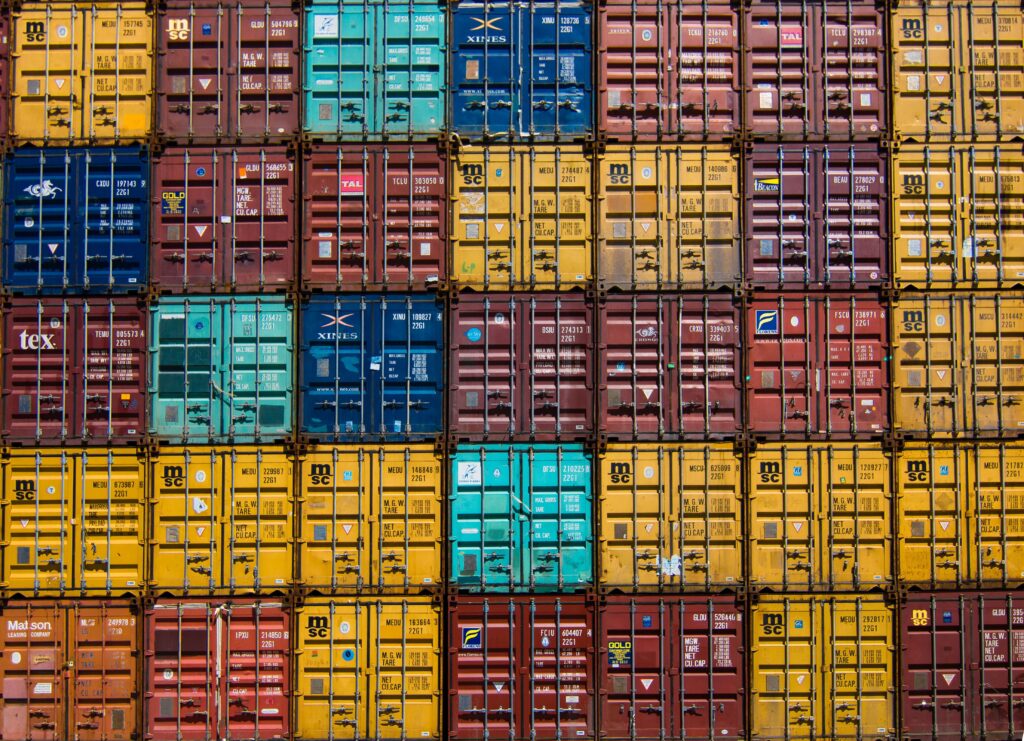Future for Supply Chains Starts with Partners
24th June 2025

A new future for supply chains starts with your partners, writes Scott Lehmann VP of Product Management at Sphera.
The last few months have been busy for every CEO of a global business. The launch of increased tariffs by the US has added new complexities to global trade. Firms have been forced to take fast action to shore up their supply chains, ranging from stockpiling in warehouses to rethinking the locations of suppliers and networks around the world. While it’s still early days, the impacts are starting to be felt further down the chain of business’ operations. China’s response with additional export restrictions on rare earth metals even forced some automotive manufacturers to temporarily shutter production.
Disruption is clearly becoming the new norm. It is worth remembering that supply chain resilience is not a new topic for 2025. We have lived through five years that have seen events that have profoundly tested global supply chains, including the once-in-a century COVID-19 pandemic and the Ever Given incident on the Suez Canal – the latter of which obstructed up to $10 billion cargo per day.

Scott Lehmann, Sphera
Building resilience into supply chains is no longer a nice to have, it’s an imperative. Businesses need to prepare for the unprecedented and strategically plan for intelligent, proactive supply chain management.
No more reactive
It is critical for leaders to, as the saying goes, see the wood for the trees. Organisations should resist reacting too quickly to the turmoil the tariffs have created worldwide. It may only exacerbate the issue, kicking off even larger unforeseen supply chain disruptions and vulnerabilities.
There is an alternative path available to them. This strategy is centred around supply chain risk management. Risk is not something to engage with after the fact, or on a case-by-case basis. It should be foundational to every firm’s supply chain strategy. These risks are diverse and should be viewed in holistic terms. The risks do, certainly, involve exposure to large tariffs that risk forcing them to hike up prices for their direct customers. They could also be tied into climate regulation, geopolitics, sanctions, human rights, reputational – the list goes on.
Supply chain risk management is guided by principles that aim to avoid, mitigate, transfer or accept risks in order to effectively manage overall risk exposure.
To start, look at a prioritization of suppliers to better understand the risk, its impact and what mitigation strategies are most appropriate. This is a complex, multi-faceted exercise. Too many corporations engage with this question on a surface level. They might try to map out where their suppliers are operating, who their suppliers, and their suppliers, are buying from so they have a more complete picture of their risk posture. Our research shows that, for the majority of businesses, their intelligence ends at their direct, tier 1 suppliers. Firms are not going deeper in the layers of the supply chain and thus are exposed to risks they may be unaware of.
Factors behind this problem range from outdated and/or new technology promising the world but delivering a lot of noise and confusion to problems in cooperating on supplier data with direct suppliers. Solving it requires a shift towards real-time supplier intelligence, extending beyond immediate partners to include true N-tier visibility, ensuring businesses understand the risks deep within their networks.
Looking ahead
Taking a more proactive, modernised approach to supply chains is critical. Supply chain resilience is a necessity for business survival. Companies can no longer prioritise cost efficiency over resilience. Firms need a holistic view of supplier risk, built around real-time supplier intelligence that goes far beyond immediate partners to achieve full N-tier visibility.
It will help firms to comprehensively ask the biggest questions affecting supply chains today including: Who am I doing business with all the way down the supply chain? Is there a diamond supplier risk? What specific country risk exposure do they have in their sub-tiers? Are there human rights issues in their supply chains? To what extent are they exposed to the new US tariff regime? How are they affected by EU climate regulations? Do they have exposure to sanctions from the war in Ukraine? How will the ongoing Middle East conflicts impact them directly and indirectly?
similar news

